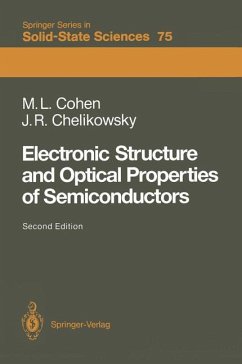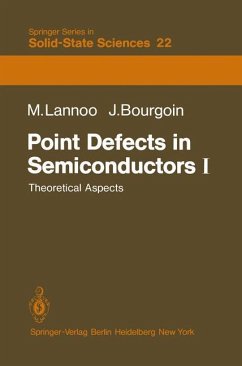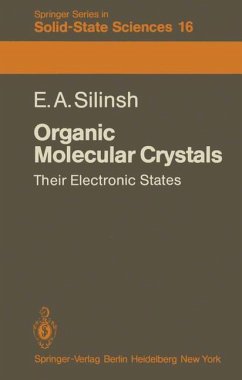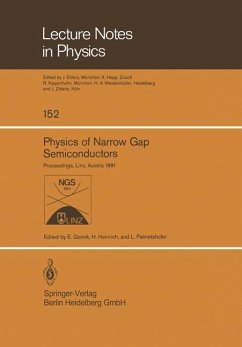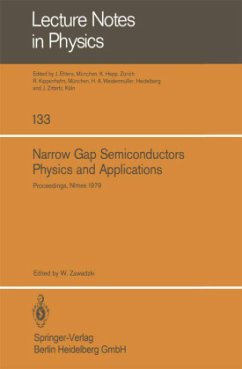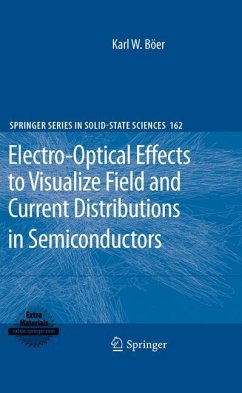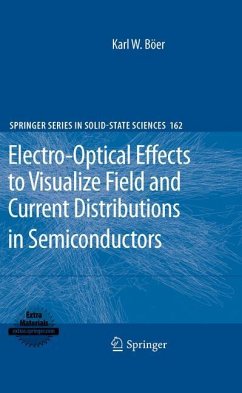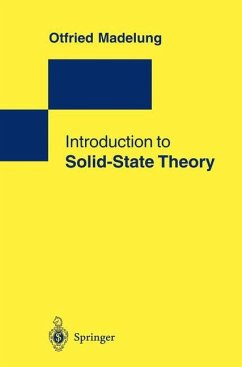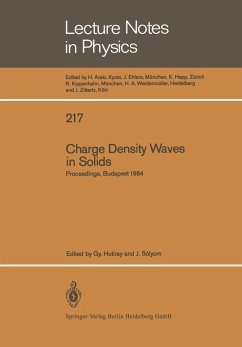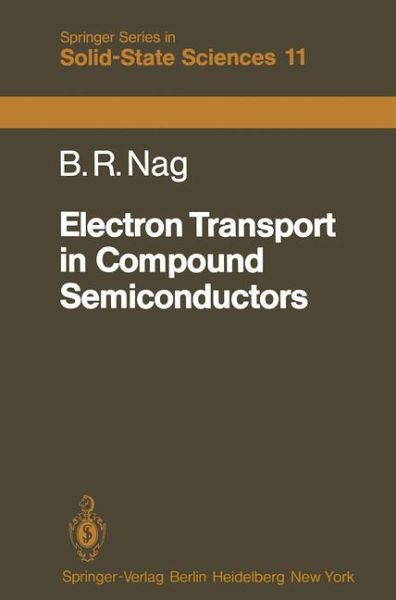
Electron Transport in Compound Semiconductors

PAYBACK Punkte
39 °P sammeln!
Discovery of new transport phenomena and invention of electron devices through exploitation of these phenomena have caused a great deal of interest in the properties of compound semiconductors in recent years. Extensive re search has been devoted to the accumulation of experimental results, par ticularly about the artificially synthesised compounds. Significant ad vances have also been made in the improvement of the related theory so that the values of the various transport coefficients may be calculated with suf ficient accuracy by taking into account all the complexities of energy band struc...
Discovery of new transport phenomena and invention of electron devices through exploitation of these phenomena have caused a great deal of interest in the properties of compound semiconductors in recent years. Extensive re search has been devoted to the accumulation of experimental results, par ticularly about the artificially synthesised compounds. Significant ad vances have also been made in the improvement of the related theory so that the values of the various transport coefficients may be calculated with suf ficient accuracy by taking into account all the complexities of energy band structure and electron scattering mechanisms. Knowledge about these deve lopments may, however, be gathered only from original research contributions, scattered in scientific journals and conference proceedings. Review articles have been published from time to time, but they deal with one particular material or a particular phenomenon and are written at an advanced level. Available text books on semiconductor physics, do not cover the subject in any detail since many of them were written decades ago. There is, there fore, a definite need for a book, giving a comprehensive account of electron transport in compound semiconductors and covering the introductory material as well as the current work. The present book is an attempt to fill this gap in the literature. The first chapter briefly reviews the history of the developement of compound semiconductors and their applications. It is also an introduction to the contents of the book.





